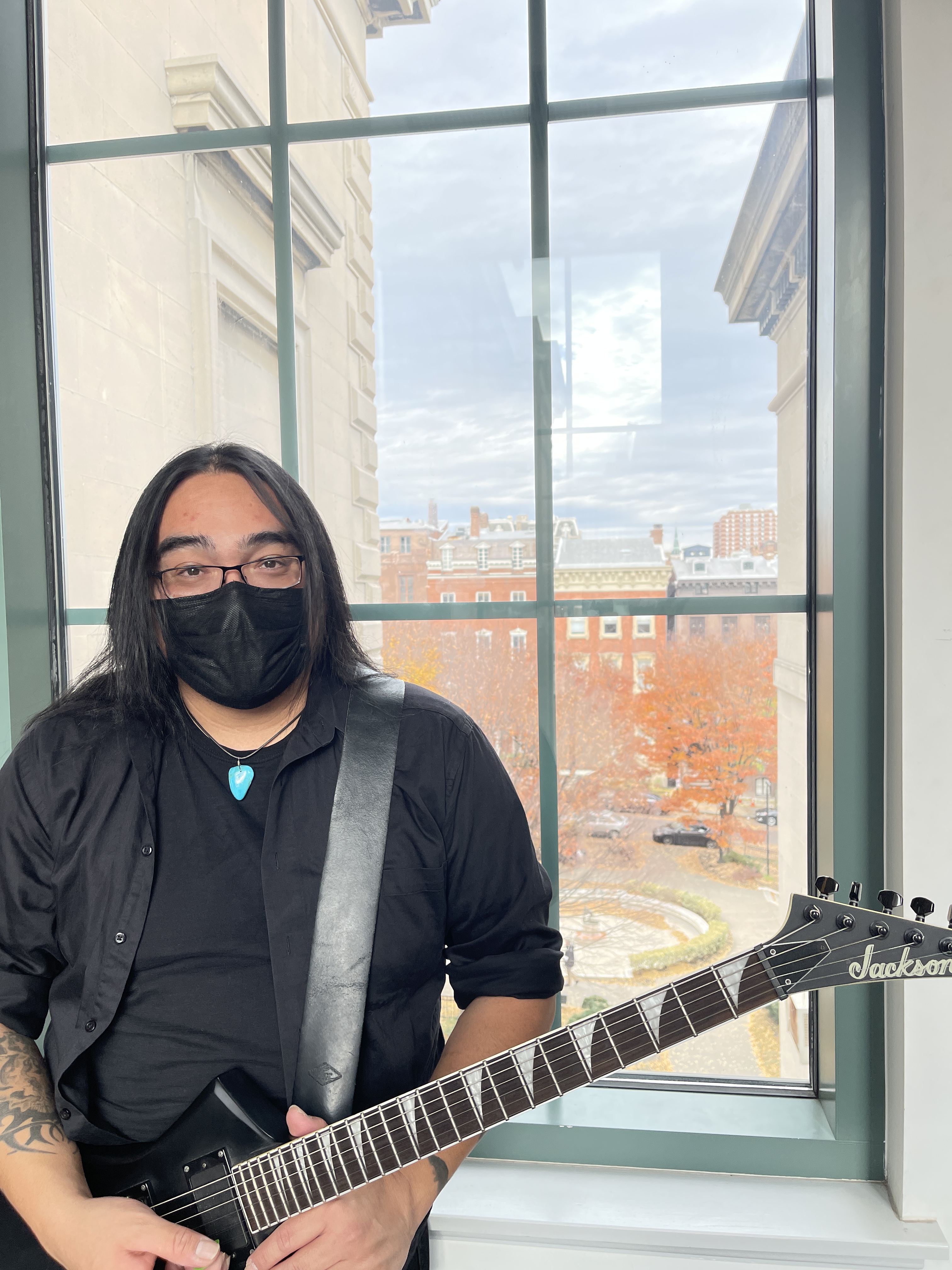Michael Begay
Michael Begay is a contemporary composer known for his innovative approach to music that often blends traditional Native American influences with modern classical elements. His work reflects a deep connection to his heritage, incorporating themes from Native American culture, and storytelling.
Begay’s background as a member of the Navajo Nation informs much of his creative output. He often draws inspiration from the natural landscapes and the rich oral traditions of his people. His compositions may include traditional instruments alongside contemporary orchestration, creating a unique sound that resonates with both personal and cultural significance.
In addition to his compositions, Begay is also involved in educational initiatives, promoting music and the arts within Indigenous communities. He advocates for the importance of cultural preservation through music and encourages young musicians to explore their identities through creative expression.
Michael Begay’s work contributes to a broader dialogue about representation in the arts and the importance of diverse voices in the music world. His remarkable ability to harmoniously blend traditional and contemporary musical elements offers audiences a refreshing and enlightening perspective on both Native American music and the evolving domain of modern classical composition, thereby deepening their understanding and appreciation of interconnected artistic forms.
Originally from the Navajo Nation in Northern Arizona, Michael Begay relocated to Baltimore, Maryland, after being accepted to The Johns Hopkins Peabody Institute of Music, to further his studies in music composition. Michael Begay is currently studying music composition in the studio of Oscar Bettison at Peabody and is currently working on various compositions ranging from Chamber Music, Film Scores, Electronic Ensembles, Solo and Orchestral works, which includes a new composition for the American Composers Orchestra’s Earshot Program, highlighting his dedication to diverse musical expressions.



